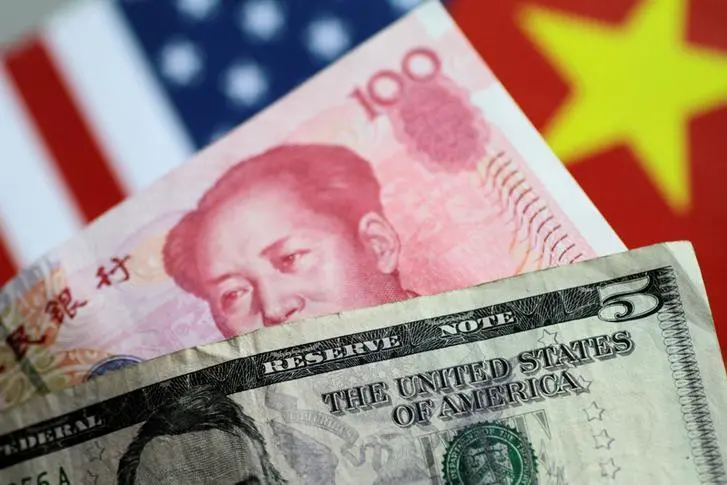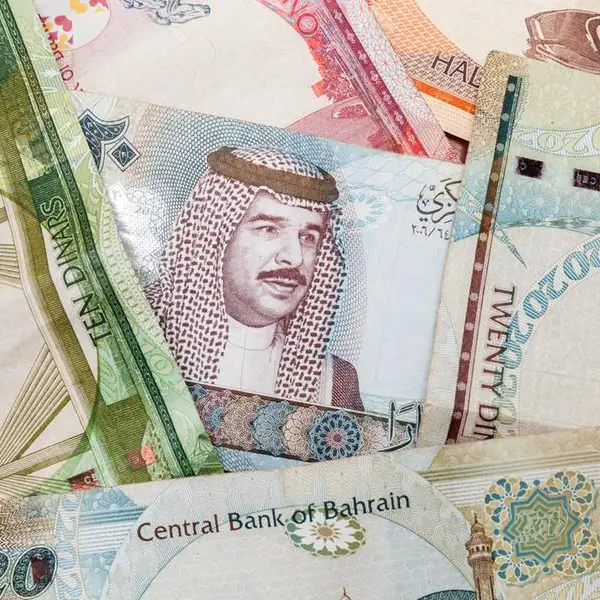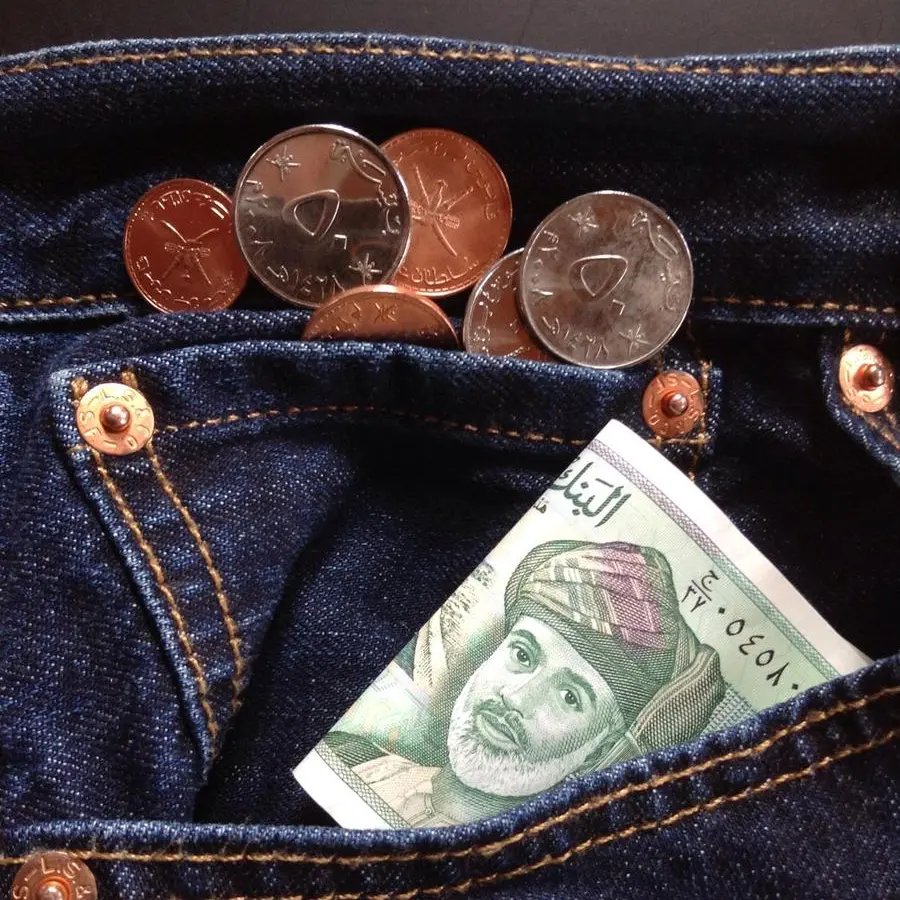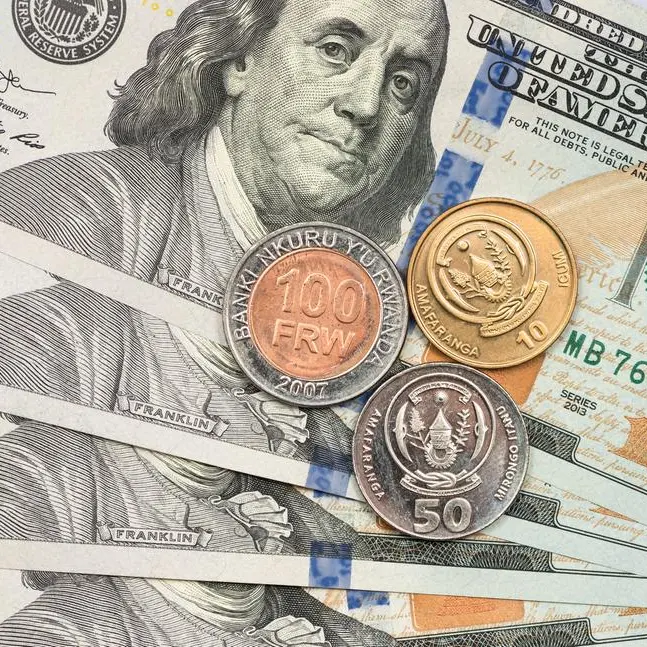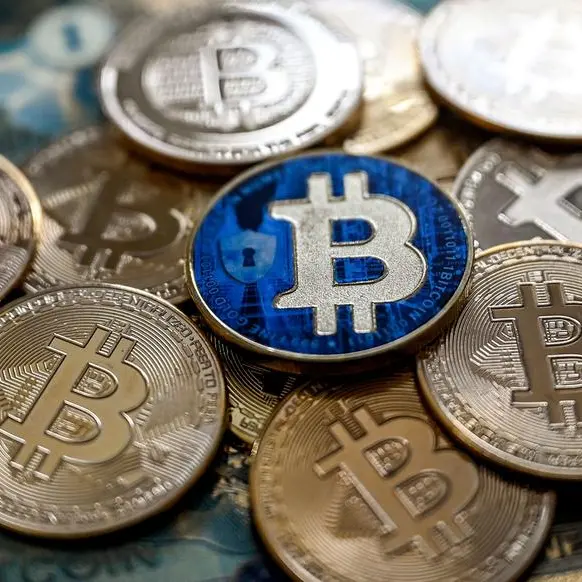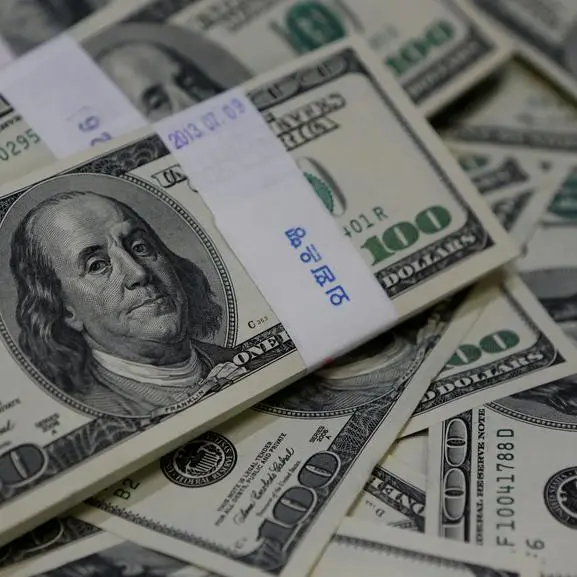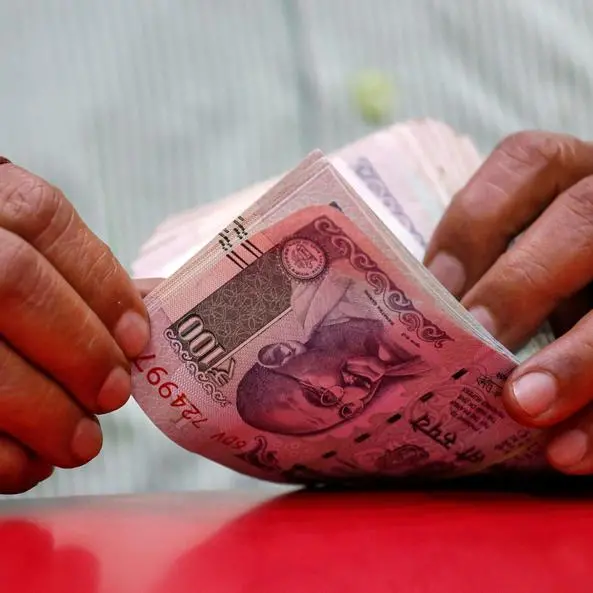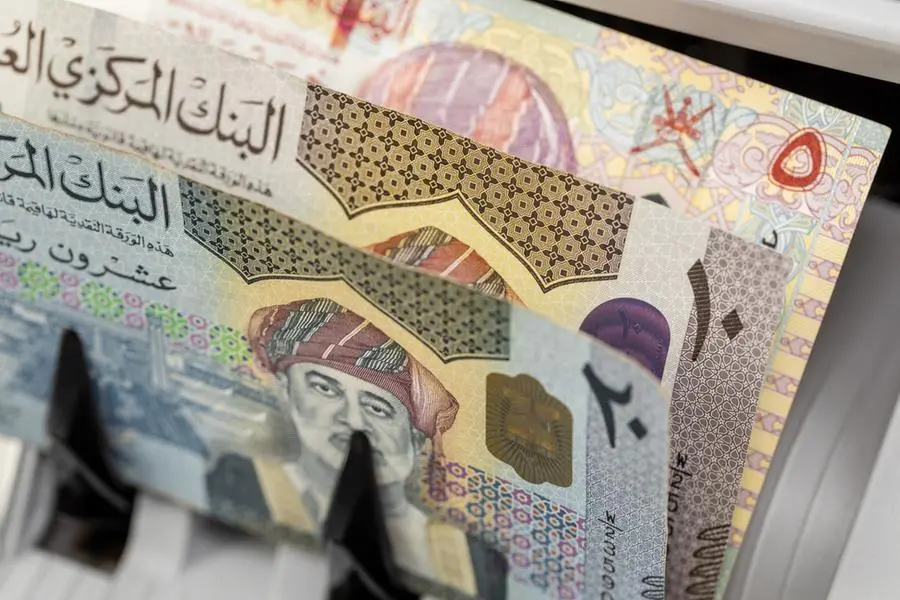PHOTO
FILE PHOTO: U.S. Dollar and China Yuan notes are seen in this picture illustration June 2, 2017. REUTERS/Thomas White/Illustration/File Photo
SINGAPORE: The dollar wobbled on Friday, poised for a fourth straight week of declines as investors weighed U.S. data to gauge the pace of interest rate cuts, while China's spree of stimulus measures kept risk-sensitive currencies aloft.
Data on Thursday suggested the U.S. labour market remained fairly healthy, while other reports showed corporate profits increased at a more robust pace than initially thought in the second quarter, highlighting an upbeat economic outlook.
The dollar, however, remained on the back foot as traders priced in 73 basis points of easing for the rest of the year, with a 51% chance for another outsized half-percentage-point cut, according to CME Group's FedWatch Tool.
The Federal Reserve has recently signalled a shift in focus away from inflation and towards keeping the labour market healthy, delivering a larger-than-usual 50 basis point interest rate cut last week.
The dollar index, which measures the greenback against a basket of currencies including the yen and the euro, was last at 100.67, not far from the 14-month low of 100.21 it touched on Wednesday. The index is down 0.06% this week, its fourth straight week of declines.
The euro was steady at $1.11687, just below the 14-month high of $1.1214 it touched on Wednesday.
Ryan Brandham, head of global capital markets for North America at Validus Risk Management, said data indicated the U.S. economy was growing at a strong pace, and while the labour market was slowing, market fears of a more drastic downturn could be overblown.
"This suggests a more cautious approach to interest rate cuts, prioritizing a balance between the Fed's employment mandate and keeping an eye on inflation risks."
Investors will keep an eye on the personal consumption expenditures price index due to be released later on Friday, but analysts do not expect the data to materially shift market pricing for U.S. rates unless there is a huge miss.
Sterling was a shade lower at $1.33975 but remained close to the 2-1/2 year high it touched this week as risk appetite was boosted by a flurry of stimulus measures from China, such as lowering the amount of cash banks must hold as reserves by 50 basis points.
The risk-sensitive Australian and New Zealand dollars also held near multi-year highs due to China stimulus plans.
The Aussie was last at $0.6889, hovering close to the 18-month high it touched on Wednesday. The kiwi last fetched $0.6321, also close to its nine-month high.
On Thursday, China's leaders pledged to support the struggling economy through "forceful" interest rate cuts and adjustments to fiscal and monetary policies, stoking expectations for more stimulus.
The remarks, which included guidance to the government to support household consumption and stabilise the troubled real estate market, came in an official readout of a monthly meeting of top Communist Party officials, the Politburo.
ING economists said the comments from the Politburo meeting confirmed authorities were shifting gears in their efforts to boost the economy and stabilise confidence.
"Holding the meeting in September rather than waiting until the normally scheduled December meeting is in itself a signal that the authorities are willing to take more urgent action to achieve the 5% growth target," they said in a note.
Meanwhile, the yen hit a more than three-week low of 145.52 per dollar in early trading as Japan's ruling party holds one of the most unpredictable leadership contests in decades on Friday.
Data on Friday showed core inflation in Japan's capital matched the central bank's 2% target in September, a sign the economy is making progress in meeting the criteria for further interest rate hikes.
(Reporting by Ankur Banerjee in Singapore; Editing by Jamie Freed)
